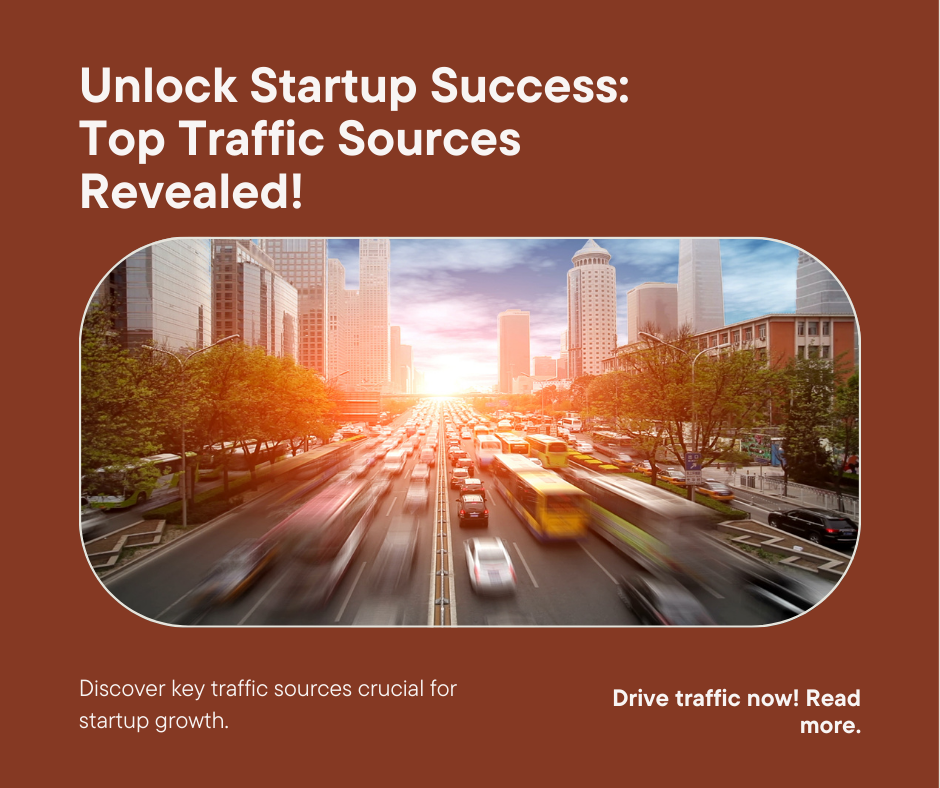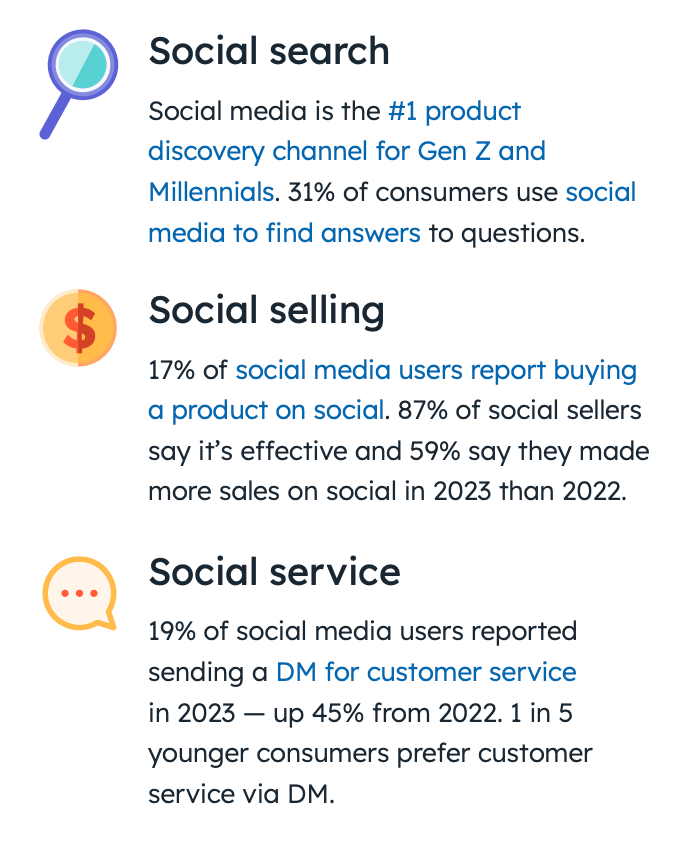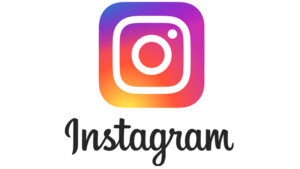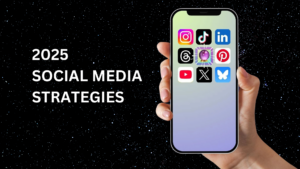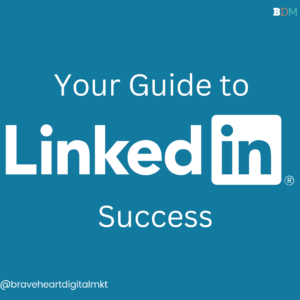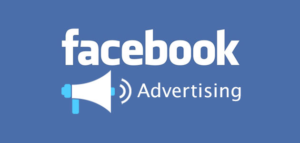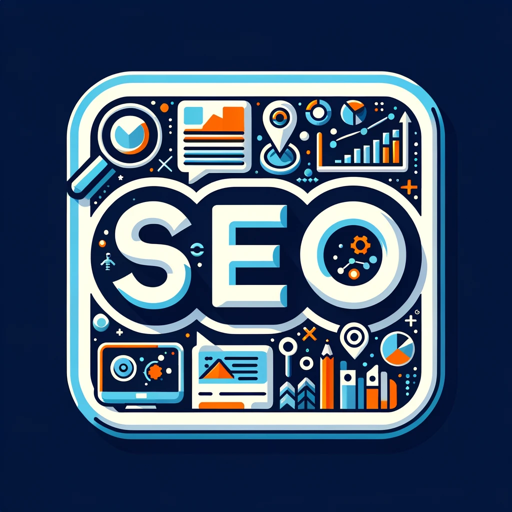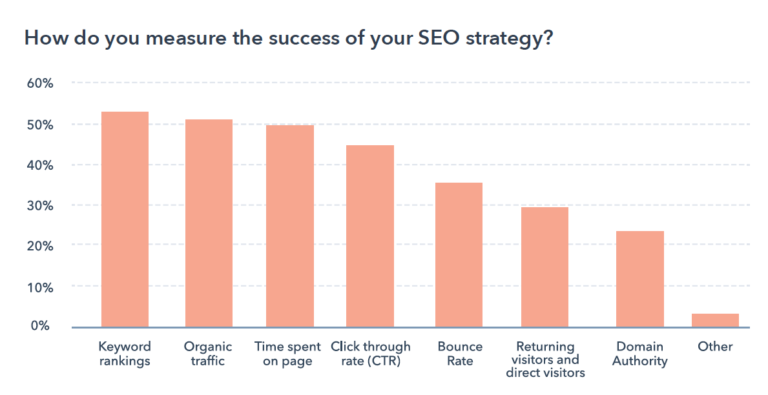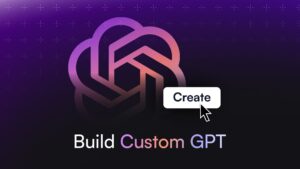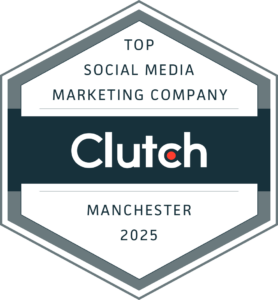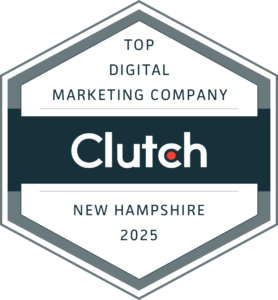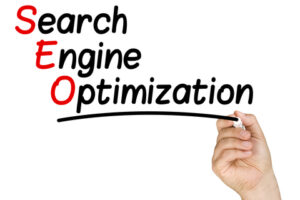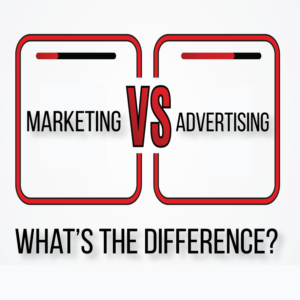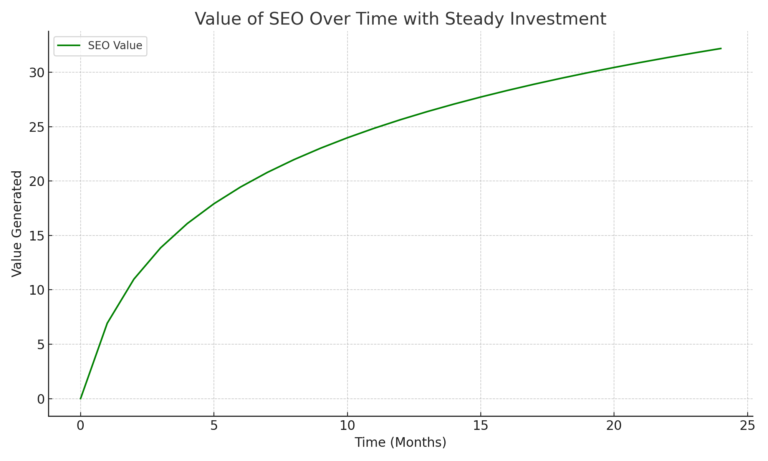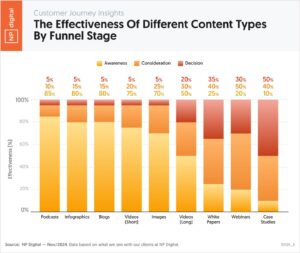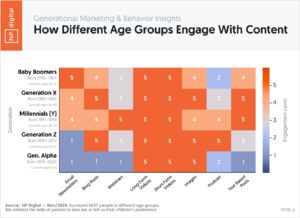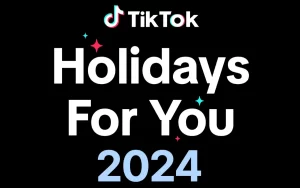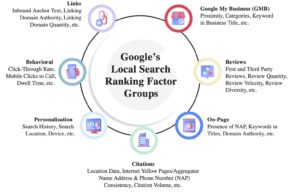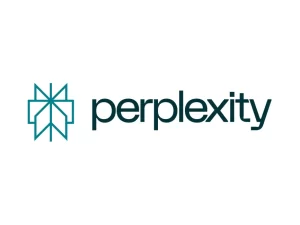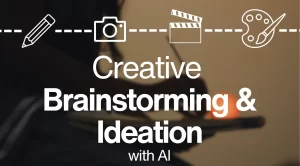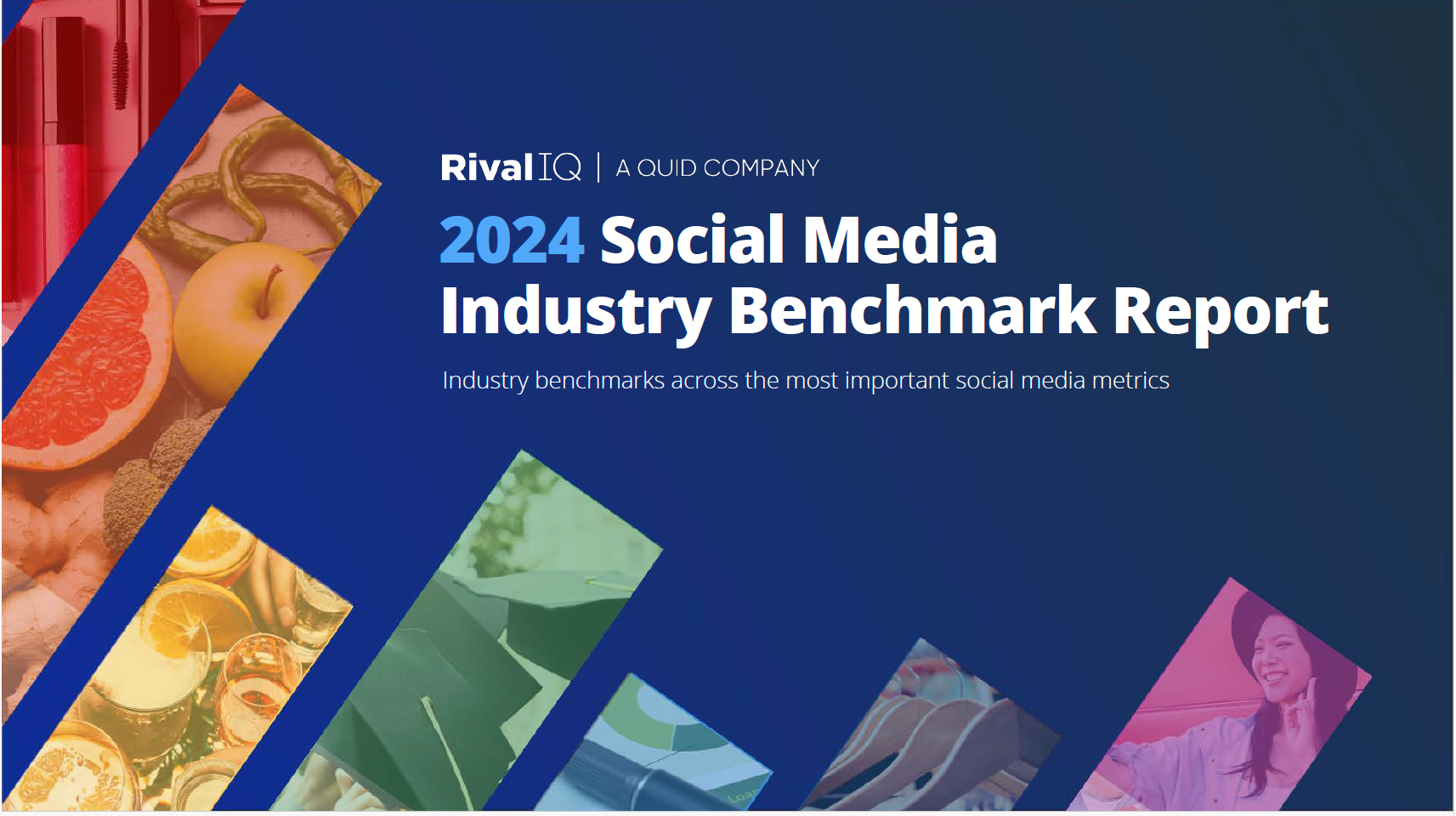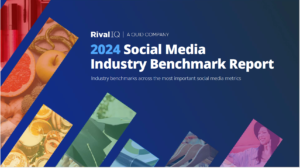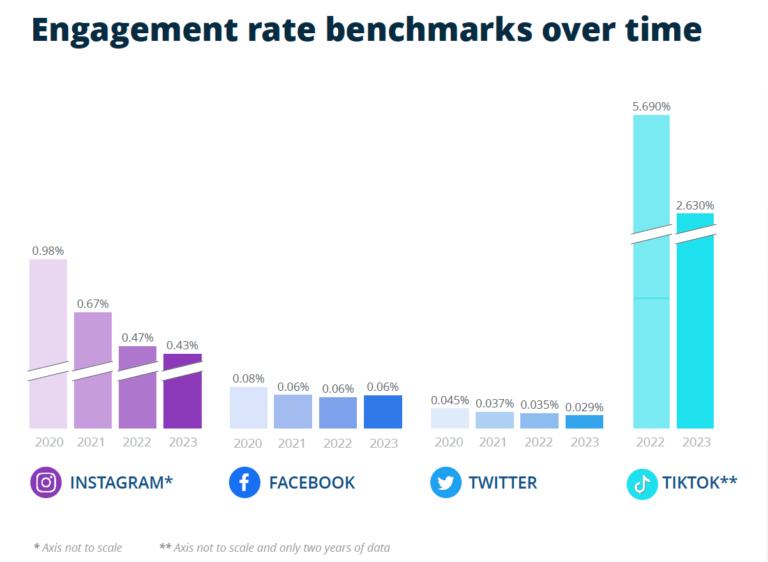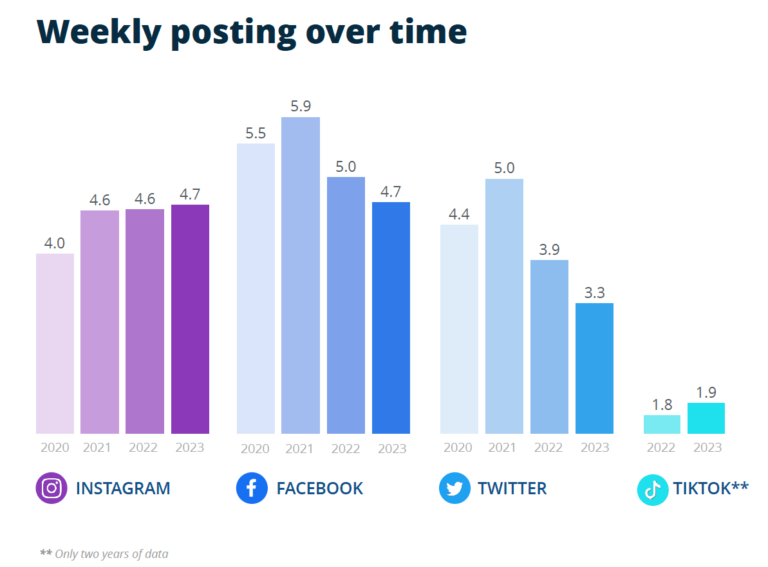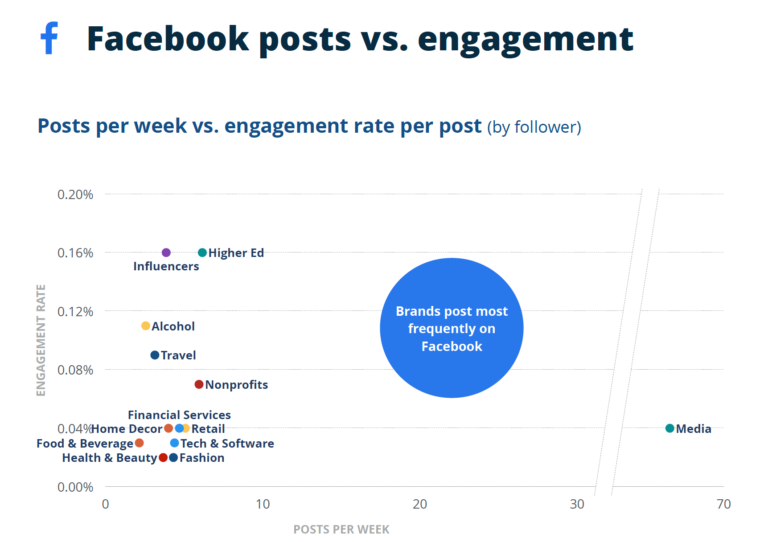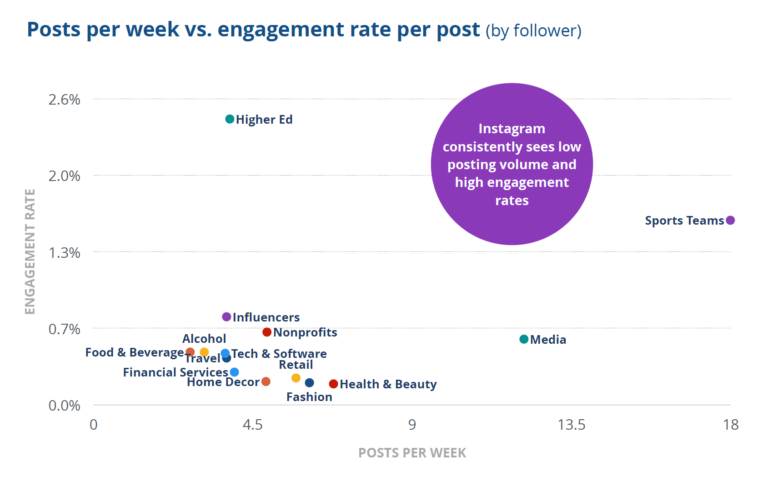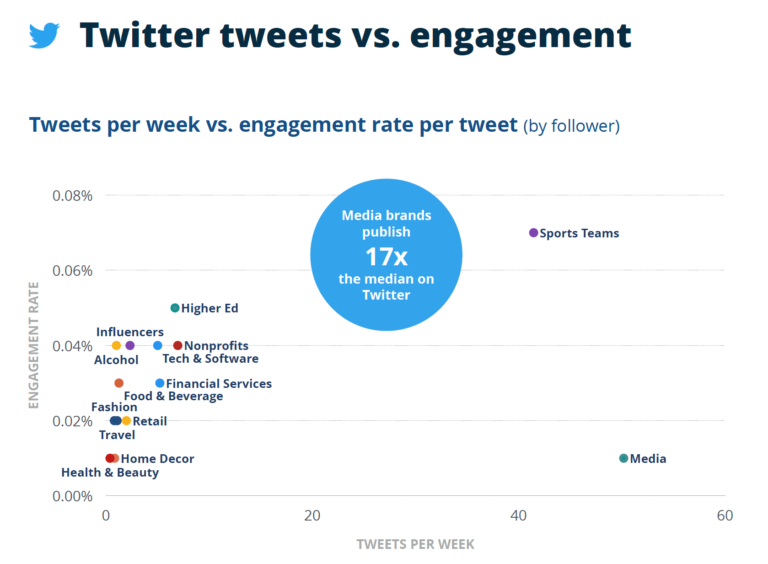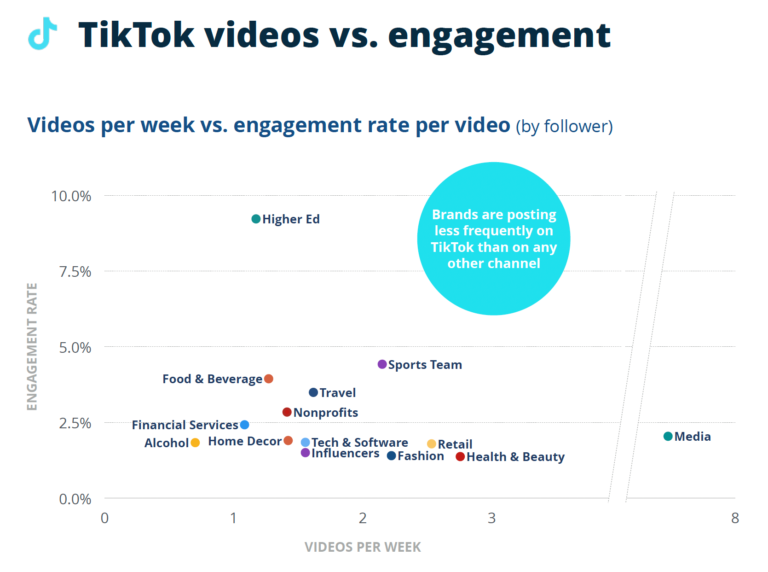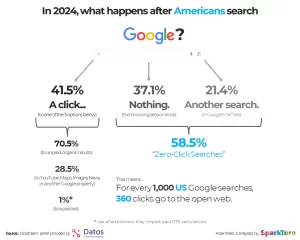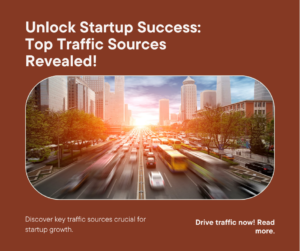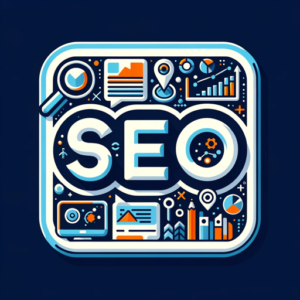The Three Traffic Sources For Startups
I was recently re-reading Randall Stross’s book, The Launch Pad: Inside Y Combinator, Silicon Valley’s Most Exclusive School for Startups. Inside is a quote from Y Combinator co-founder Paul Graham about growth rates for start-up

The big question then is “How do you do that”? There are three traffic sources for startup. In order to be successful and meet Paul Graham’s growth target you need to master at least one of these, if not two of these traffic sources.
Rented or Paid Traffic
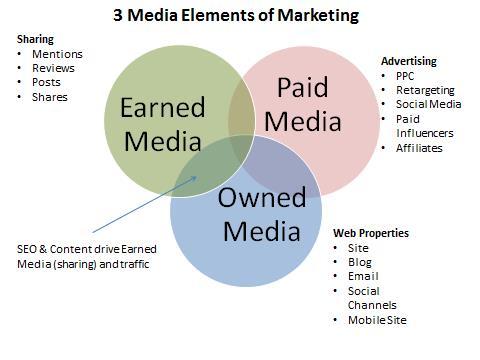
Owned Traffic
Earned Traffic
Nor can you control whether a piece of content you have produced goes viral. Earned traffic also includes organic traffic from search engines. Traffic from organic search is considered earned traffic as you cannot control how much traffic the search engines can send you. But like other influenced traffic you can impact this by following SEO best practices. The challenge for startups with earned traffic is that it is too difficult to predicate, especially in the early stages.
Frequently Asked Questions About Traffic Sources For Startups
How can I determine which paid traffic sources are best for my startup?
To determine which paid traffic sources are best for your startup, you should begin by identifying your target audience. Understand who your customers are and where they spend their time online by using tools like Google Analytics and social media insights to gather demographic data and behavioral patterns. Knowing your audience helps you select the right platforms where they are most active.
Next, evaluate your budget. Different paid traffic sources come with varying costs. For instance, Google AdWords and Facebook ads offer flexible budgeting options, while paid influencers or display ads might require a more substantial investment. Determine your budget and allocate funds to the platforms that offer the best return on investment (ROI).
Analyzing competitor strategies is also beneficial. Look at where your competitors are investing their advertising dollars using tools like SEMrush or Ahrefs. This can provide valuable insights into effective paid traffic sources for your industry.
Start with a small budget and test ads on multiple platforms like Google AdWords, Facebook ads, and LinkedIn ads. Monitor the performance of each campaign in terms of clicks, conversions, and cost per acquisition (CPA). Testing allows you to see which platforms yield the best results for your business.
Additionally, leverage retargeting to reach users who have previously visited your website but did not convert. Retargeting on platforms like Google Display Network and Facebook can help increase conversions by keeping your brand top-of-mind for potential customers.
Once you identify the platforms that perform best, focus on optimizing your campaigns by refining your targeting, ad copy, and creatives. Scale up your budget on the top-performing platforms to maximize your reach and conversions. By following these steps, you can effectively determine the best paid traffic sources for your startup and achieve your growth targets.
What strategies can I use to effectively grow my owned traffic?
To effectively grow your owned traffic, start by focusing on creating high-quality content that resonates with your audience. Develop a content strategy that includes blog posts, videos, infographics, and other types of content that provide value to your visitors. Ensure that your content is informative, engaging, and relevant to your target audience.
Next, optimize your website for search engines (SEO). Use keyword research tools to identify the terms your potential customers are searching for, and incorporate these keywords naturally into your content. Make sure your website is technically optimized with fast loading times, mobile responsiveness, and a clear site structure. Regularly update your content to keep it fresh and relevant, which can help improve your rankings on search engine results pages.
Building an email list is another crucial strategy. Encourage visitors to subscribe to your newsletter by offering valuable incentives like exclusive content, discounts, or free resources. Once you have a list of subscribers, send regular, high-quality emails that provide value and keep your audience engaged. Email marketing is a powerful tool for driving repeat traffic to your website.
Leverage social media to drive traffic to your owned properties. Share your content across various social media platforms and engage with your audience by responding to comments and messages. Use social media to build relationships with your followers, and encourage them to visit your website for more in-depth information.
Another effective strategy is to utilize internal linking within your website. Link to related content on your site to keep visitors engaged and encourage them to explore more of your pages. This not only improves user experience but also helps search engines understand the structure of your website, potentially boosting your SEO efforts.
Collaborate with influencers and other businesses in your industry to expand your reach. Guest blogging, co-hosting webinars, and participating in online events can introduce your brand to new audiences and drive traffic to your website. These partnerships can also enhance your credibility and authority within your industry.
Lastly, analyze your traffic data regularly using tools like Google Analytics. Understand which strategies are driving the most traffic and which areas need improvement. Continuously refine your approach based on these insights to ensure your efforts are effective and aligned with your business goals.
By implementing these strategies, you can effectively grow your owned traffic, increase engagement, and build a loyal audience for your startup.
How can I increase earned traffic for my startup?
To increase earned traffic for your startup, start by creating high-quality, shareable content. Focus on producing content that is valuable, engaging, and relevant to your target audience. This could include blog posts, videos, infographics, and interactive content that people find useful and interesting enough to share with others.
Optimize your content for SEO to attract organic search traffic. Use keyword research to identify popular search terms related to your industry and incorporate these keywords naturally into your content. Ensure your website is optimized for search engines by improving page load times, ensuring mobile responsiveness, and creating a clear site structure. High-ranking content on search engine results pages can drive significant earned traffic to your site.
Leverage social media platforms to amplify your content. Share your content across various social media channels and engage with your audience by responding to comments and participating in discussions. Use social media to build relationships with your followers and encourage them to share your content with their networks. The more your content is shared, the more earned traffic you can generate.
Engage with influencers and thought leaders in your industry. Collaborate with them on content, such as guest blog posts, interviews, and social media takeovers. Influencers can help increase your reach and credibility, driving more earned traffic to your website as their followers engage with your content.
Encourage user-generated content by creating opportunities for your audience to contribute. This could include running contests, creating branded hashtags, or featuring customer testimonials and reviews. User-generated content not only boosts engagement but also increases the likelihood of your content being shared, thereby driving more earned traffic.
Earn backlinks from reputable websites to improve your site’s authority and search engine ranking. Reach out to industry blogs, news sites, and online publications to pitch your content and ask for backlinks. High-quality backlinks signal to search engines that your content is trustworthy and authoritative, which can help increase organic traffic to your site.
Participate in online communities and forums related to your industry. Share your expertise and provide valuable insights in discussions. Include links to your content when relevant and appropriate, but avoid spamming. Being an active and helpful member of these communities can drive traffic to your website as people become more aware of your brand and seek out your content.
Lastly, continuously analyze your traffic data to understand what is working and what needs improvement. Use tools like Google Analytics to track your earned traffic sources and identify successful strategies. Refine your approach based on these insights to maximize your earned traffic over time.
By implementing these strategies, you can effectively increase earned traffic for your startup, enhancing your visibility and attracting more potential customers.Recent Posts
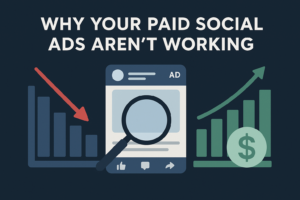
Paid Social Media ROAS
Why Your Paid Social Media Ads Aren’t Delivering ROAS—And How to Fix It You’ve invested in paid social media advertising. You’ve committed budget, time, and

B2B lead generation channels
Top B2B Lead Generation Channels in 2025 | Data-Backed Guide to Higher ROI Back in 2018 a single survey claimed that “Search beats every other
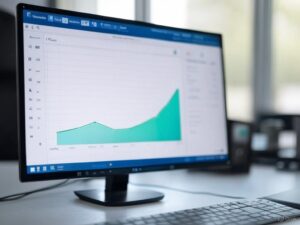
Search Visibility
How to Improve Search Visibility and Drive More Organic Traffic For many businesses, low search visibility is a persistent challenge that directly impacts their ability
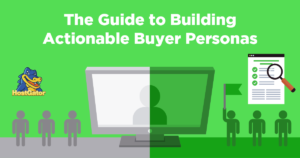
Creating Killer Buyer Personas
Creating Killer Buyer Personas: The Strategic Imperative for Smart Marketing In today’s digital-first economy, understanding your customer is no longer a luxury—it’s a strategic necessity.
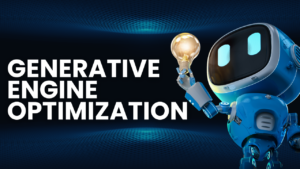
Generative Engine Optimization (GEO)
Generative Engine Optimization (GEO): The Future of Search and How It Differs from SEO As digital marketing continues to evolve, search is undergoing a radical
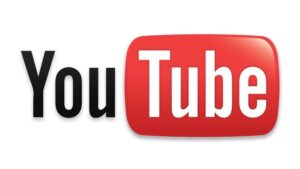
Best Practices for Building a Brand Presence on YouTube
Updated Best Practices for Building a Brand Presence on YouTube (2025) YouTube continues to be a dominant platform for video content, offering businesses unparalleled opportunities
